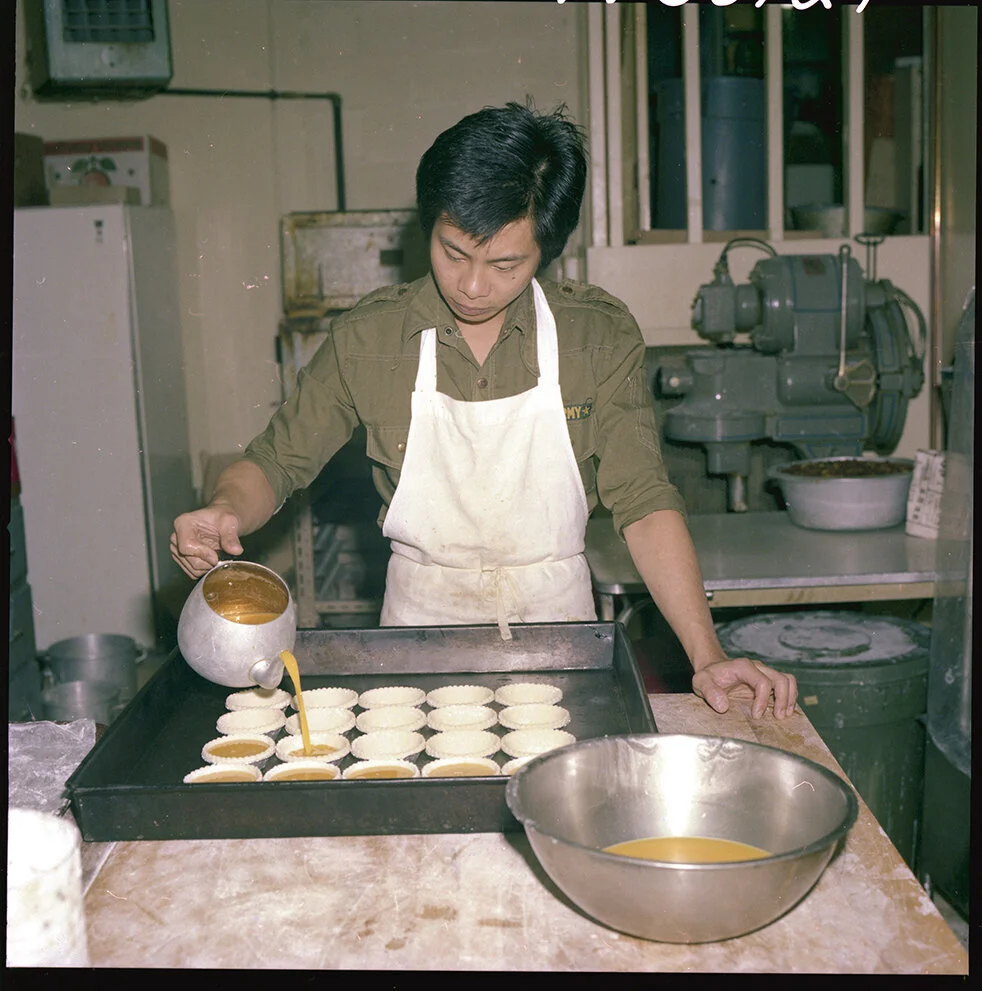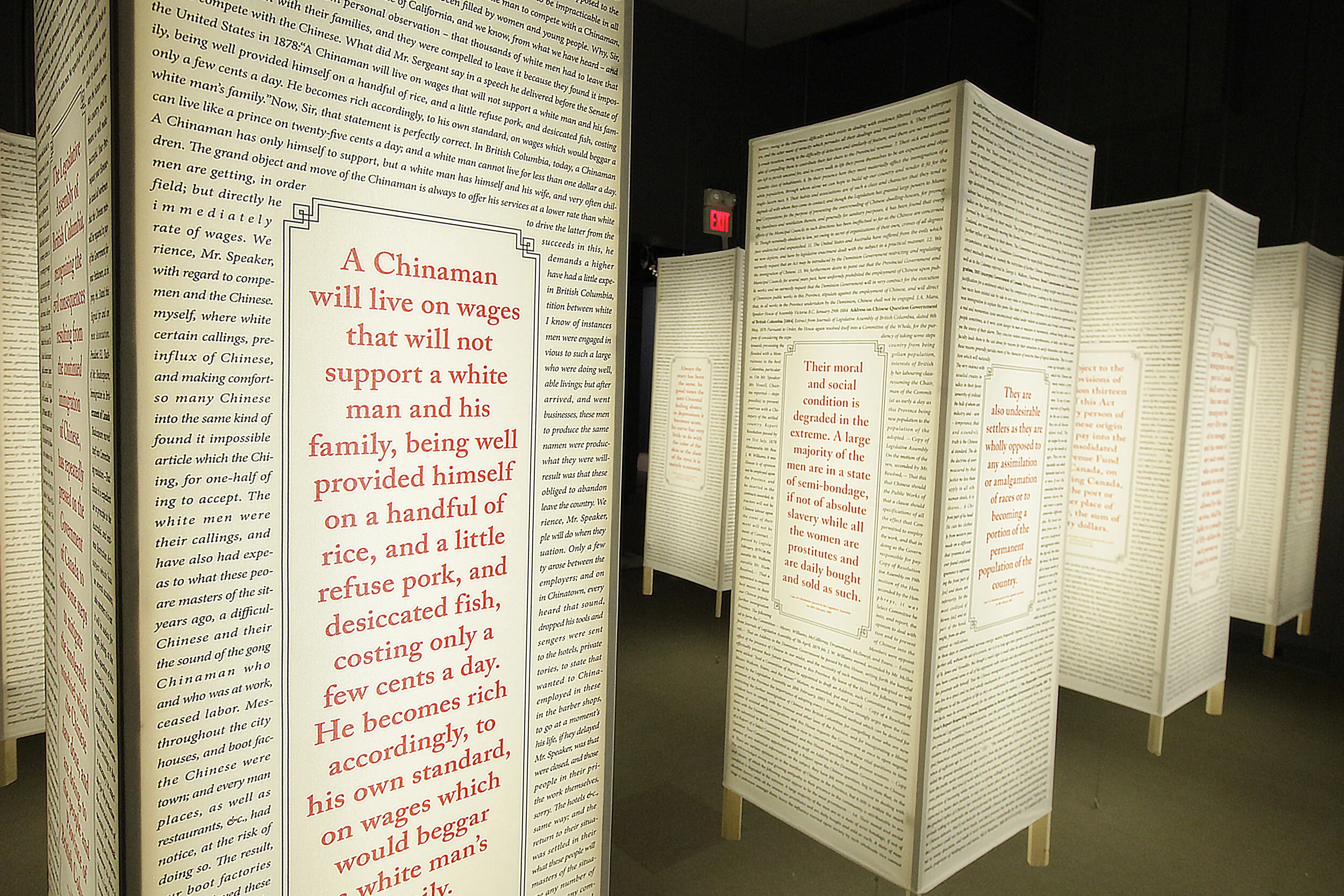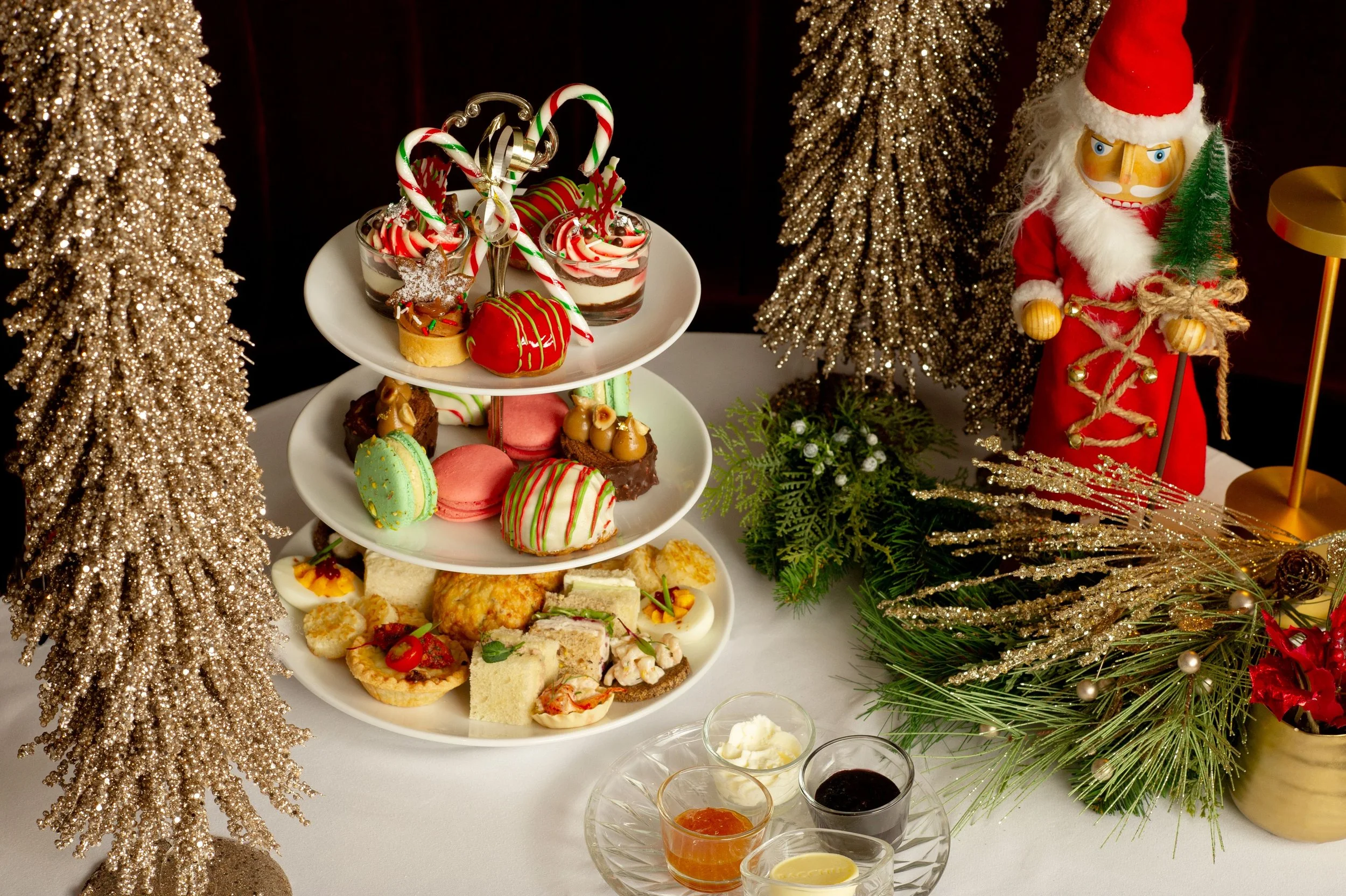A Seat at the Table looks at Chinese immigration—and B.C.’s discriminatory past—through food and restaurant culture
The new exhibition at Museum of Vancouver in partnership with UBC explores immigrant experiences and how Chinese Canadians challenged systemic racism
Museum of Vancouver, in partnership with UBC, explores Chinese immigration in A Seat at the Table, for which artist Paul Wong created this hyper-real restaurant scene. Photo by MOV
A Seat at the Table: Chinese Immigration and British Columbia opens at Museum of Vancouver in partnership with UBC on November 19
GREATER VANCOUVER IS known the world over for having some of the best Asian food outside of Asia. However, what many people may not realize is that when it comes specifically to Chinese cuisine, the early history of Chinese restaurants here is rooted in racism.
Using food and restaurant culture as a portal, the Museum of Vancouver and the University of British Columbia explore stories of struggle, perseverance, entrepreneurship, and belonging among Chinese Canadians in a new feature exhibition. A Seat at the Table: Chinese Immigration and British Columbia is an immersive, interactive exhibition running at MOV beginning November 19.
Years in the making, A Seat at the Table draws on everything from the Chinese head tax to the City of Vancouver’s 2018 official apology to the Chinese community for historical discrimination and the Province of B.C.’s apology four years earlier for its long history of anti-Chinese legislation. The title has literal and figurative meanings: there’s the obvious reference to dining, but more broadly, it speaks to the struggle of making Canada a more just and inclusive society for all.
Co-curator Denise Fong tells Stir that the idea to focus on Chinese restaurants as a means of approaching complex issues related to migration and immigration—such as race and racism, family, separation, and resilience—stemmed from so many discussions with researchers, historians, academics, and youth. A Seat at the Table involved input from hundreds of people who shared their experiences, insights, and photographs. An advisory committee guided the development of the project, including representatives of the City of Vancouver, Hua Foundation, Royal BC Museum, Dr. Sun Yet-Sen Classical Chinses Garden, Chinese Canadian Historical Society of BC, Heritage Vancouver, and Vancouver Island University, to name a few.
“It organically became an entry point to really address the many aspects of the Chinese Canadian experience, from historical discrimination to legal challenges that prevented Chinese Canadians from getting professional jobs. They relied on family networks to start up family businesses such as market gardens, grocery stores, laundries, or restaurants,” Fong says via Zoom. “Historical discrimination against Chinese motivated the establishment of many of these businesses.
“It resonates because when you go to different small towns, you can always find a Chinese Canadian restaurant,” she says. “That speaks to the mobility and the distribution of the Chinese Canadian community throughout province and to different regions of Canada. It’s one of the legacies of historical discrimination, and family networks were really the backbone in creating these different businesses.”
Anti-Chinese legislation left many early immigrants to BC with no choice but to open restaurants. Photo of Victoria dim-sum restaurant via BC Archives
Journalist Ann Hui explored similar themes in her 2019 book, Chop Suey Nation, for which she travelled across the country visiting Chinese restaurants, some of which were the only place to eat in town. Like that book, A Seat at the Table illustrates not only how racial policies affected Chinese Canadians but also the way the establishment of Chinese restaurants and other businesses reflects the strength of the community. Fong, whose family has roots in Hong Kong, says the exhibition will speak to different generations.
“It was an ideal perspective for talking about historical and contemporary experiences,” Fong says. “We have such a strong restaurant and foodie culture here in Vancouver, and we hope that the food and migration stories that are explored in this exhibition will resonate with intergenerational audiences.”
As part of the exhibition, co-curator Henry Yu, an associate professor in the history department at UBC and principal of St. John’s Graduate College, presents an overview of systemic racism experienced by Chinese immigrants to Canada via video, sharing his own family's story while looking at discriminatory policies and regulations that were in place at the local, provincial, and federal levels. Between 2015 and 2017, Yu served on the Historical Discrimination Against Chinese Peoples Advisory Committee to the City of Vancouver. He’s also the director of the Initiative for Student Teaching and Research in Chinese Canadian Studies at UBC.
Artist Kee Toy Joseph, a Sḵwx̱wú7mesh band member of Chinese ancestry, was commissioned to create an artwork for A Seat at the Table, called Reflection of Identities, while artist Judy Jheung created an interactive, immersive animation, a new edition of her ComposingYou_Chinatown. MOV collaborated with artist Paul Wong for the creation of a hyper-real restaurant scene (pictured at top); he also shared a large display of jars called Mother's Cupboard and a set of table and chairs covered with letters addressed to his mother from relatives in China over several decades.
From a design perspective, the MOV exhibition features analog and digital immersion, says co-curator Viviane Gosselin, MOV’s curator of contemporary culture. Installations include re-created restaurant booths; chit rails upon which people are encouraged to write down their recollections of Chinese restaurants or dishes, or even their own experiences of racism; and napkin holders displaying videos. Fong oversaw the production of an oral-history video series alongside some of Yu’s students, interviewing restaurant and business owners; seniors living in Chinatown; young Chinese Canadians speaking about gender and sexuality, among other topics; and more. There are take-out containers suspended from the ceiling, lamps made out of woks, and fortune cookies. Waitress and chef’s uniforms hang on a wall as if staff had just finished a shift. Then there are large-format back-lit panels containing some of the discriminatory language from pre-existing bylaws that targeted Chinese immigrants.
“We want to create a mood, and we want people to contemplate new ideas in a familiar environment,” Gosselin says. “The stories may seem at the surface familiar, but there is so much that most people don’t know. It also validates the lived experience of people whose stories have been silenced for too long. We wanted to create an environment where people feel welcomed, spend time, and want to explore new ways of thinking about what it means to live and thrive in a culturally diverse community.”
Another way people can participate in A Seat at the Table is to share their favourite local Chinese restaurant by posting a photo of it and tagging @museumofvan and #SATLocal via social media.
A Seat at the Table’s sister exhibition is at the Hon Hsing Building in Chinatown, presented by the Chinese Canadian Museum Society of BC.
For Gosselin, A Seat at the Table feels especially relevant in light of the long-overdue growing awareness of systemic racism in general and the strengthening of the Black Lives Matter movement in particular. “We need to diversify representations of Canadian history,” she says. “This project is working toward that….The museum has a role to play in introducing stories that help us rethink who we are and help us create kinder communities. It seems more timely than ever.”















